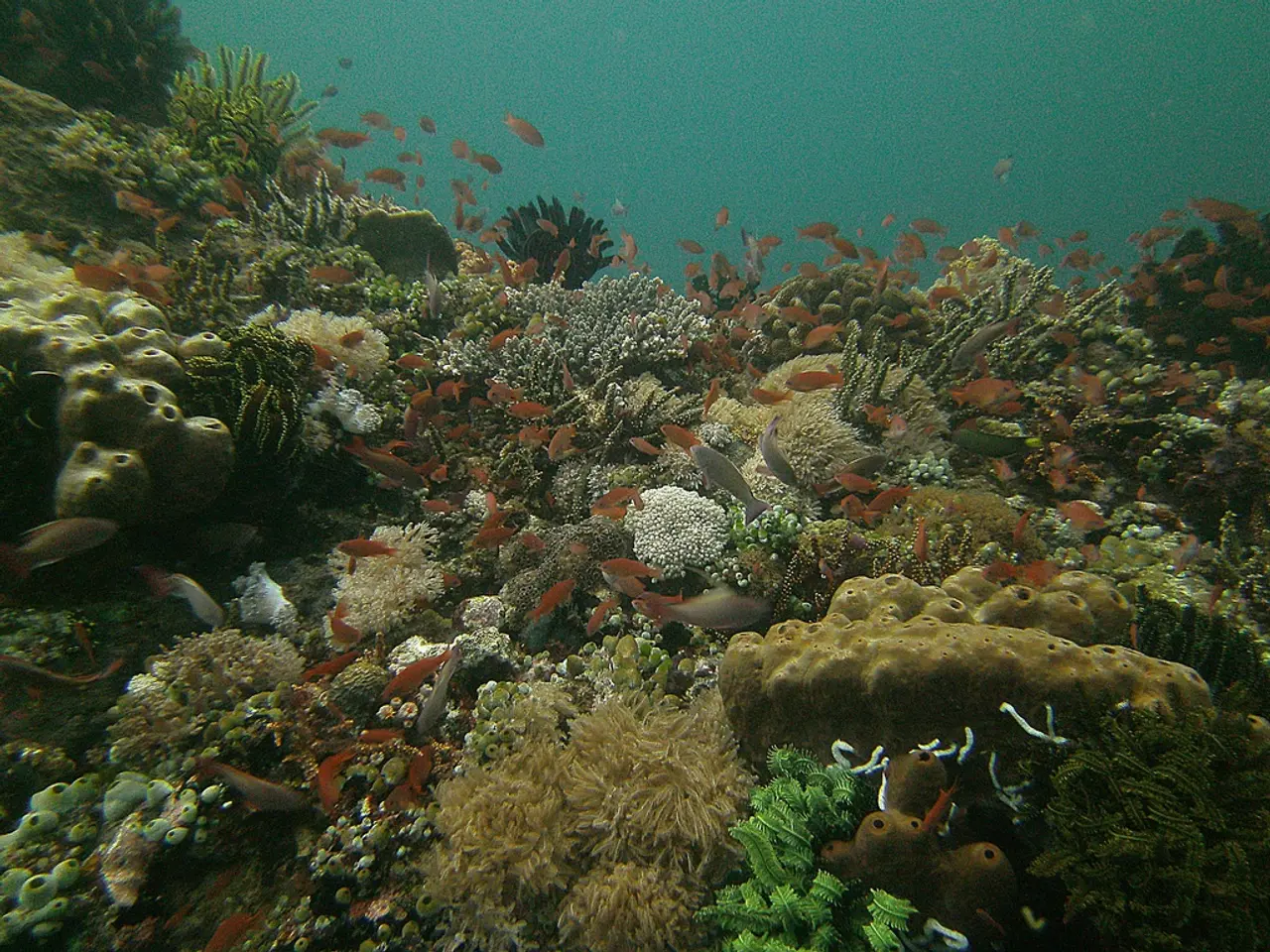Strategies for Saving Dolphins: Insights into Marine Preservation Efforts
In our oceans, dolphins play a vital role in maintaining balance and biodiversity. These intelligent and charismatic creatures serve as indicators of ocean health, providing valuable insights into the overall well-being of marine ecosystems. However, they face numerous threats, including plastic pollution, unsustainable fishing practices, and noise pollution.
Dolphins contribute to nutrient cycling by consuming fish and other marine organisms. As apex predators, they help regulate prey populations. Protecting dolphins means safeguarding the habitats and resources they rely on, benefiting the entire oceanic ecosystem.
Individuals can reduce plastic consumption by opting for reusable alternatives, recycling diligently, and participating in beach cleanups. Plastic pollution poses a significant threat to dolphins and other marine life, with plastic debris endangering them through entanglement and ingestion.
Unsustainable fishing practices, such as overfishing, bycatch, and the use of destructive gear, pose significant threats to dolphins. Governments can enforce fishing quotas, promote the use of dolphin-safe fishing gear, and support research on alternative fishing methods that minimize bycatch.
Communities can establish local fishing regulations that prioritize sustainable practices, such as implementing no-take zones or seasonal fishing closures to protect important dolphin habitats. By understanding the importance of dolphins, reducing plastic pollution, and promoting responsible fishing practices, we can contribute to their protection.
Establishing marine protected areas (MPAs) where noise-generating activities are restricted, implementing regulations on vessel traffic, and promoting research on the impacts of underwater noise can protect dolphins from noise pollution. Reducing vessel noise, such as using quieter engines and propellers, adhering to speed limits near sensitive areas, and employing technology to minimize underwater noise, can help mitigate underwater noise pollution.
Raising awareness about the importance of ocean quiet zones and advocating for their protection is crucial for preserving dolphins' acoustic habitats. Governments can enact and enforce legislation to limit the production and distribution of plastic items, promote recycling infrastructure, and support research and development of eco-friendly alternatives.
On a global scale, governments of over 160 UN member states are engaged in negotiations to establish binding measures to reduce plastic pollution. However, so far, no binding international agreement has been reached, with many measures still voluntary. Individual countries like Germany are increasing funding to protect ecosystems globally, and Greece plans to ban bottom trawling nets in protected marine areas by 2030 as part of marine conservation efforts.
Choosing products that are certified by credible organizations like the Marine Stewardship Council (MSC) or the Aquaculture Stewardship Council (ASC) supports sustainable seafood and encourages sustainable fishing practices. By making conscious choices about the seafood we consume, we can help ensure the sustainability of our oceans and the survival of dolphins for future generations.
In conclusion, saving the Dolphins and preserving marine ecosystems requires collective efforts and a commitment to conservation. Each individual, community, and government has a role to play in reducing plastic consumption, promoting responsible fishing practices, and mitigating ocean noise. By working together, we can protect these remarkable creatures and ensure the health of our oceans for generations to come.
Read also:
- Peptide YY (PYY): Exploring its Role in Appetite Suppression, Intestinal Health, and Cognitive Links
- Toddler Health: Rotavirus Signs, Origins, and Potential Complications
- Digestive issues and heart discomfort: Root causes and associated health conditions
- House Infernos: Deadly Hazards Surpassing the Flames








